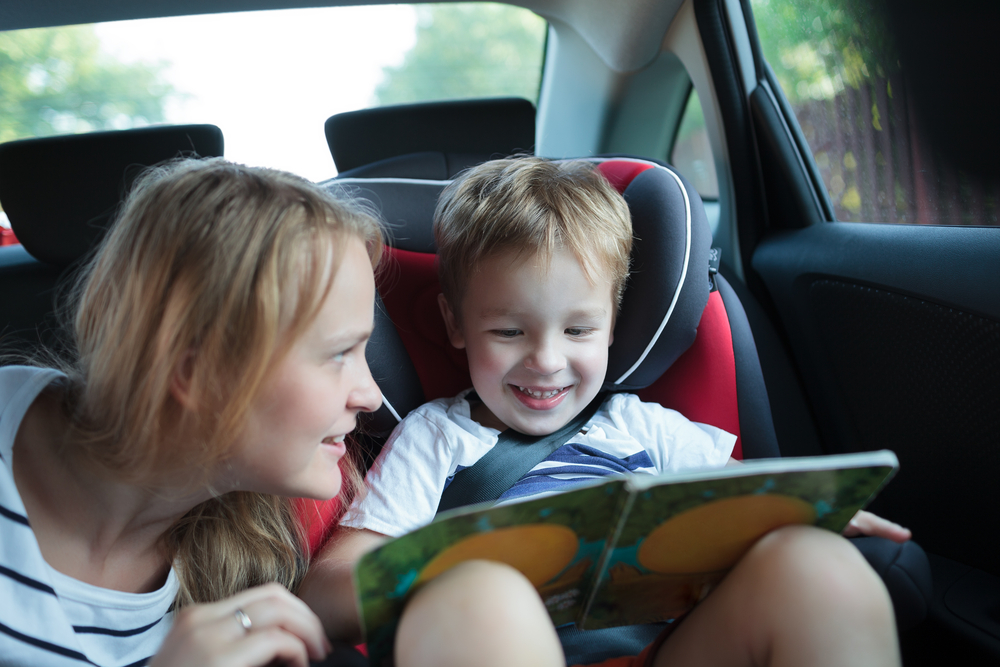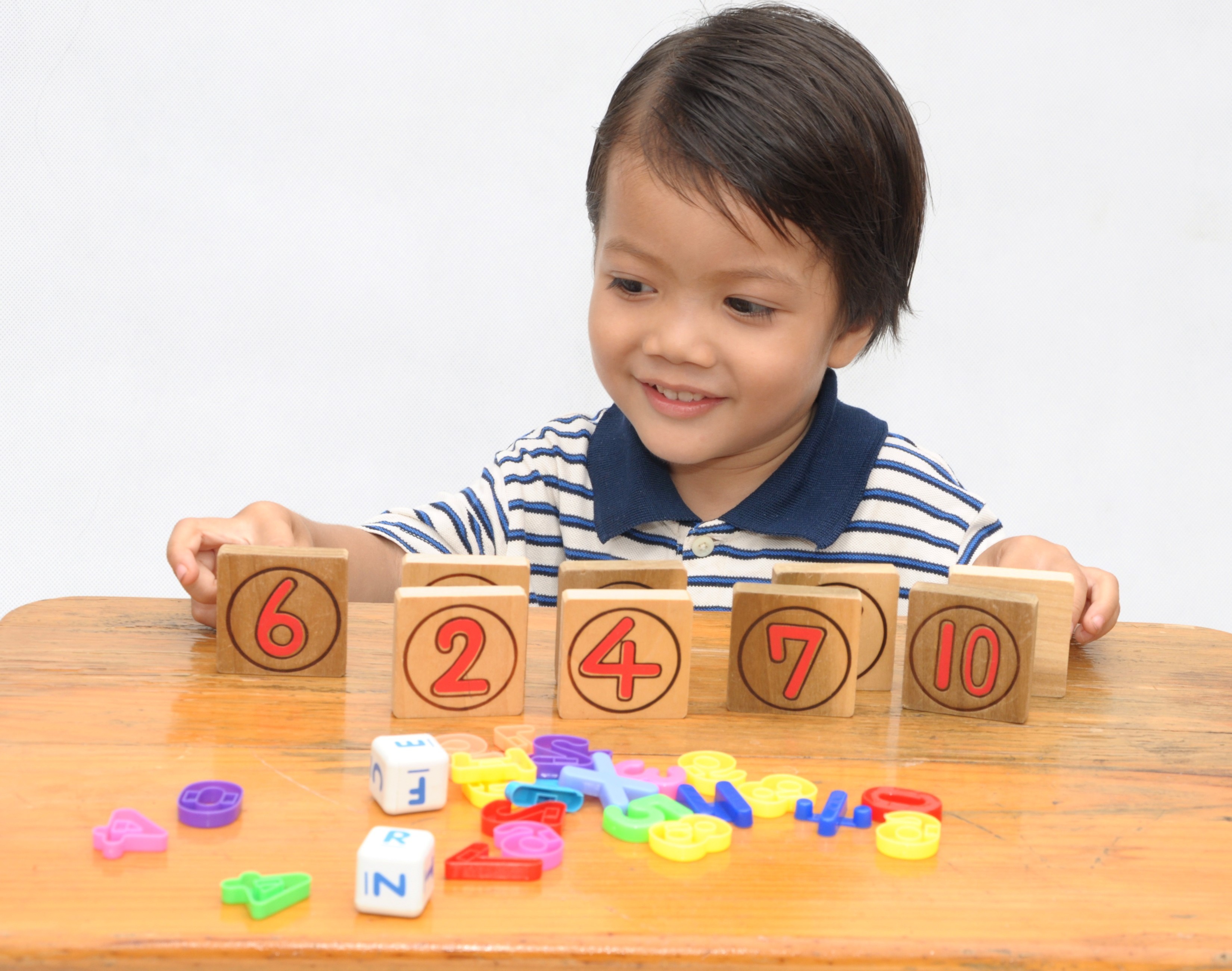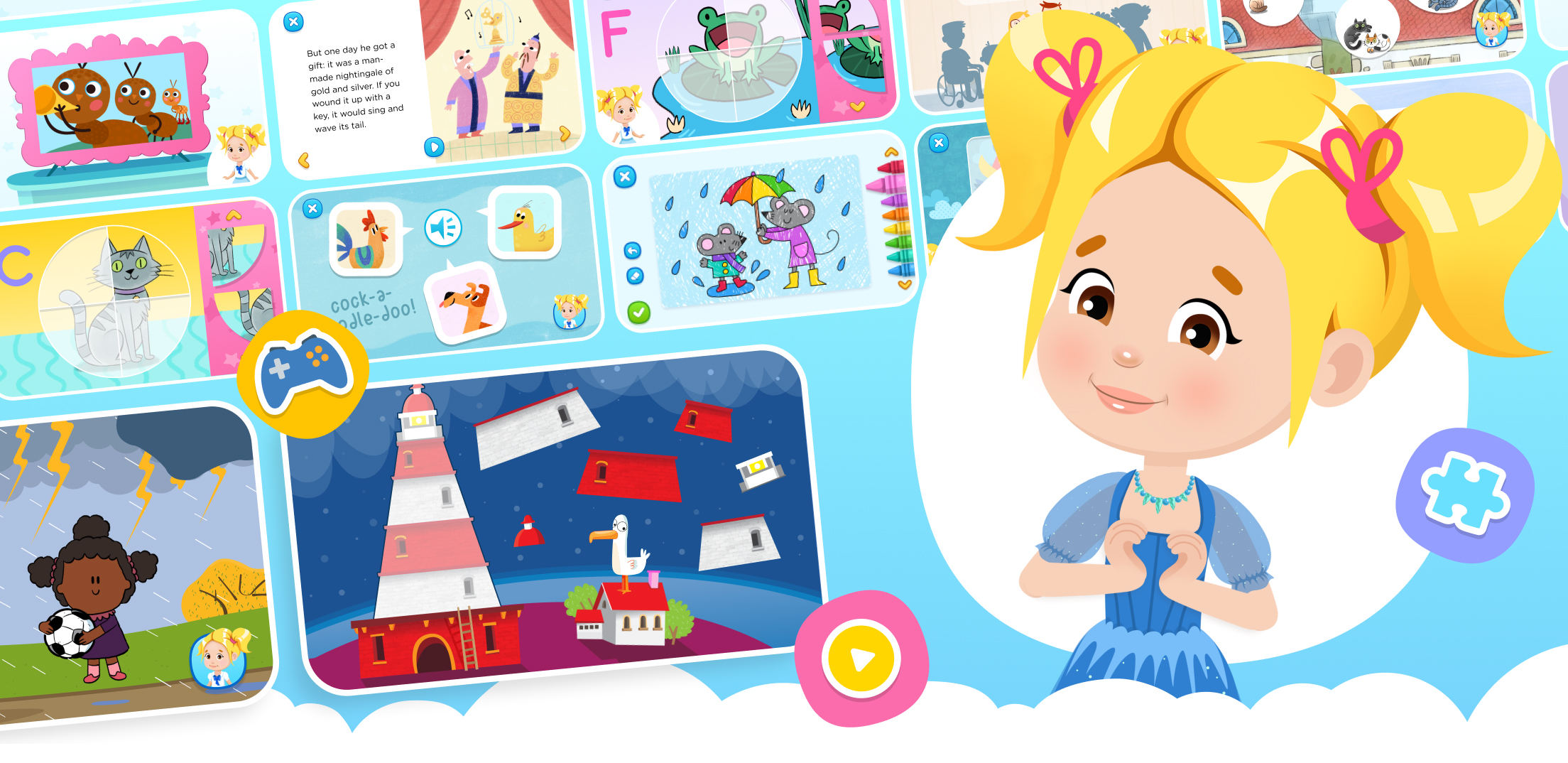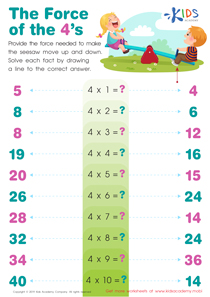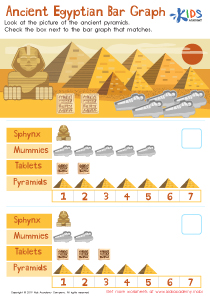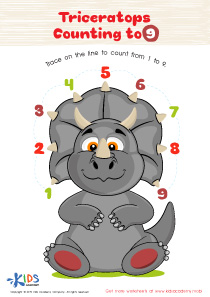Animal recognition Easy Math Worksheets for Ages 5-8
7 filtered results
-
From - To
Discover our "Animal Recognition Easy Math Worksheets" tailored for children ages 5-8. These engaging worksheets combine math skills with fun animal illustrations, helping young learners enhance their counting, addition, and subtraction abilities. Each activity encourages children to identify various animals while practicing essential math concepts, fostering a love for both nature and numbers. Parents and educators will appreciate the seamless integration of math and animal recognition, making learning enjoyable and effective. Perfect for classroom or home education, these worksheets are a delightful way to boost confidence and skills in young math enthusiasts. Explore our collection and watch your child thrive!
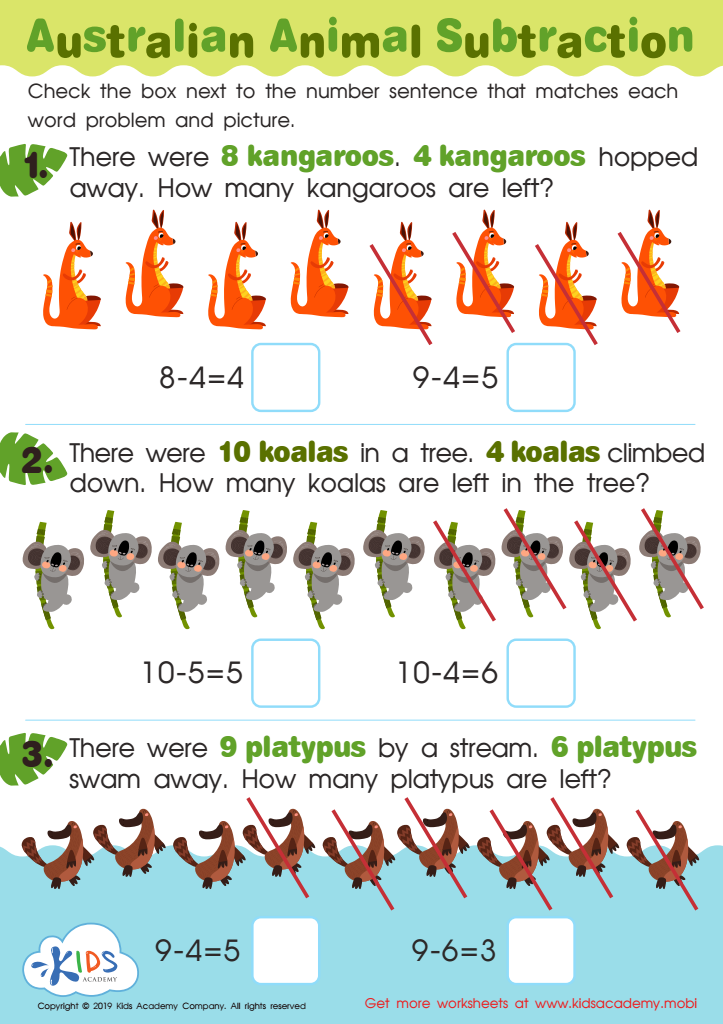

Australian Animal Subtraction Worksheet


Ordering 11–20: Chicken & Egg Dot–to–dot Worksheet
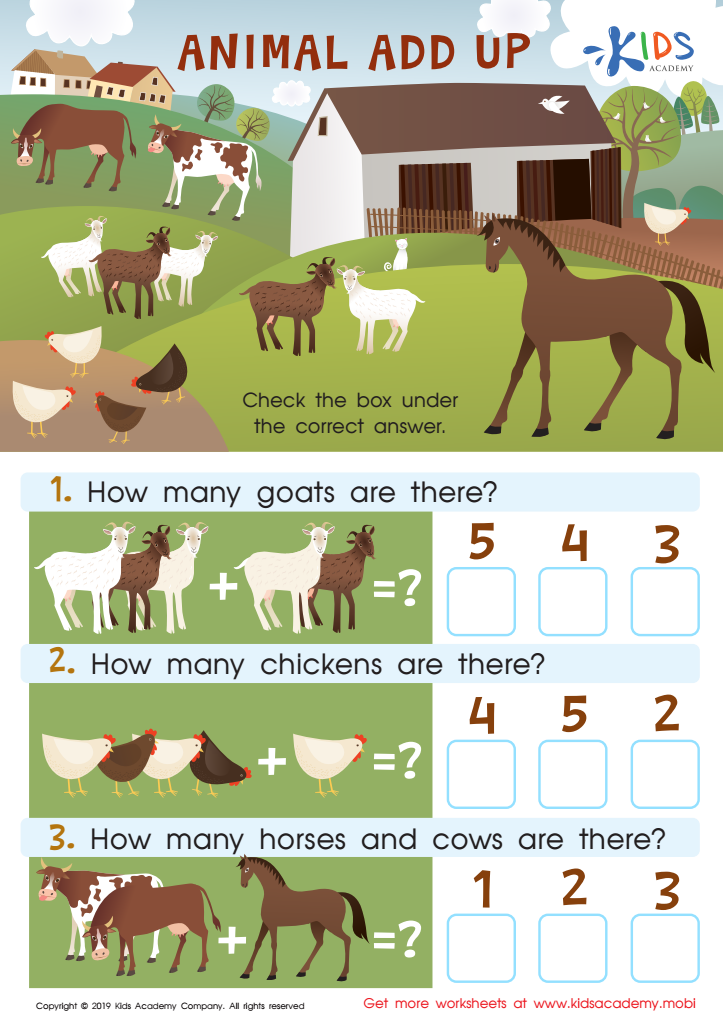

Animal Add Up Worksheet
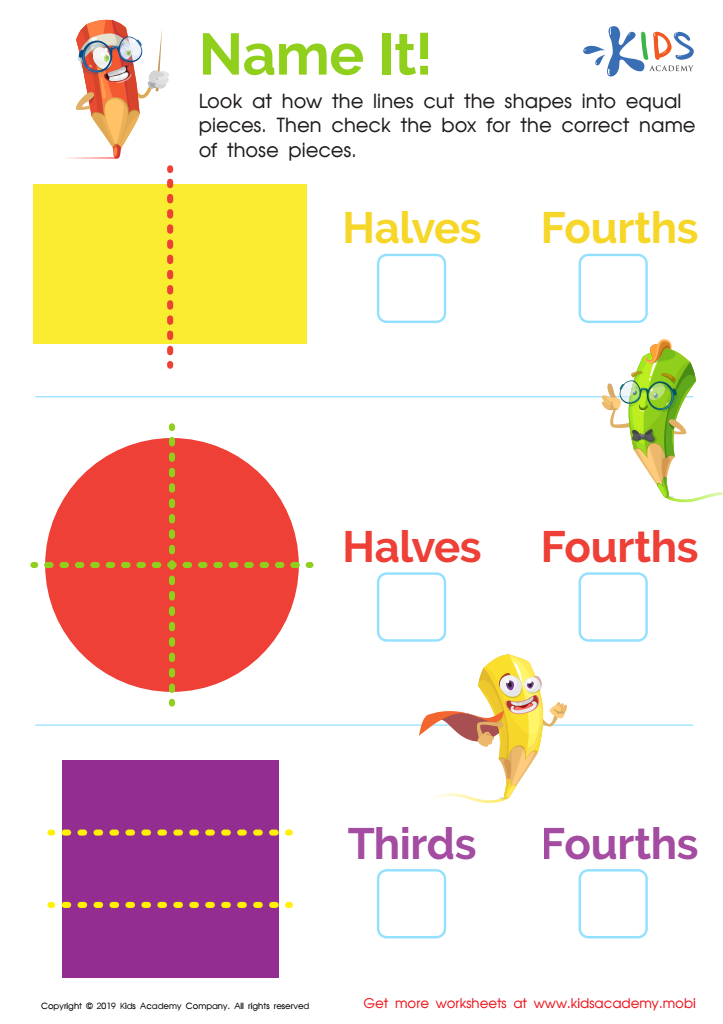

Name It! Worksheet


Addition at the Zoo Worksheet
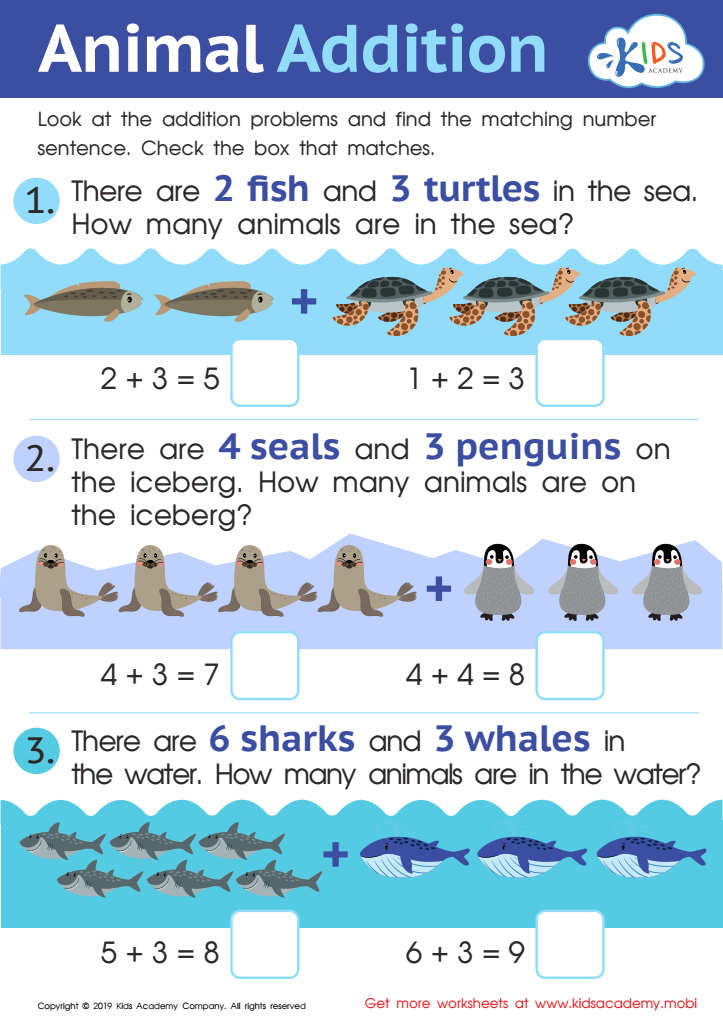

Animal Addition Worksheet
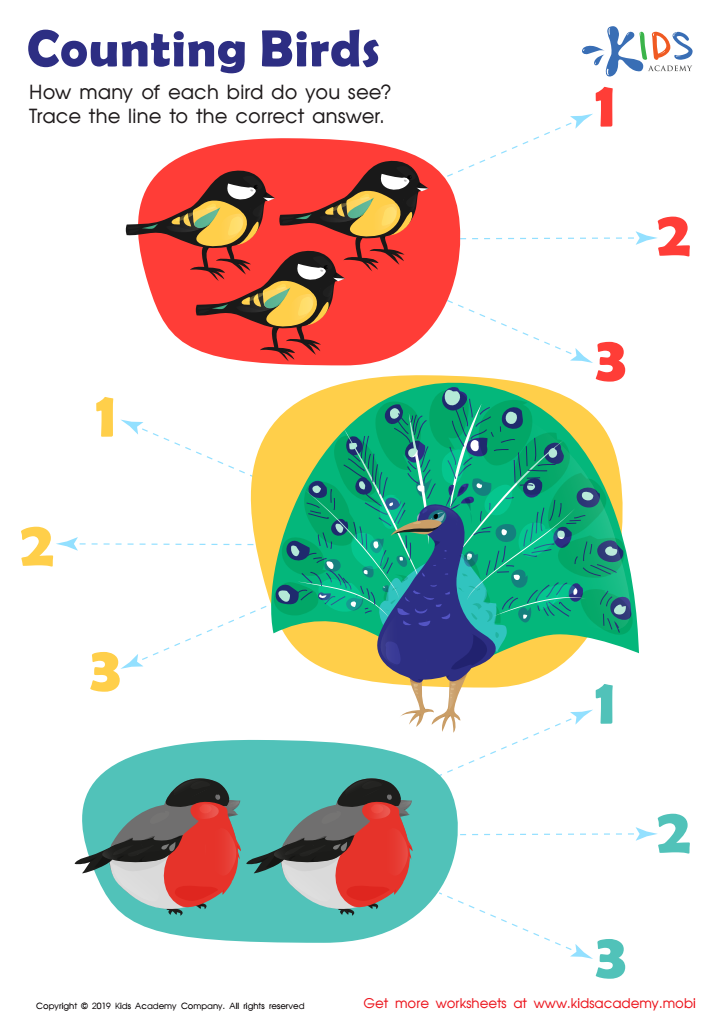

Counting Birds Worksheet
Animal recognition and easy math for children aged 5-8 are crucial for several reasons. First, they foster early cognitive development. Recognizing animals helps kids enhance their observational skills and promotes curiosity about the natural world. This foundational knowledge cultivates a sense of empathy and respect for living creatures, encouraging children to care for their environment.
Incorporating easy math with animal recognition can further strengthen these educational benefits. Counting animals, sorting them by size or color, or comparing different species instills basic math skills while keeping learning engaging and relevant. Such activities facilitate critical thinking and problem-solving abilities in a playful context, making math less intimidating.
Additionally, combining these subjects projects a holistic educational approach, allowing children to connect widely diverse concepts. When parents and teachers emphasize subjects like animal recognition and math, they support a well-rounded learning experience that aligns with the developmental milestones for this age group.
Finally, as these skills are developed, children enhance their communication and storytelling abilities, enabling them to articulate their knowledge concerning animals and math relationships. Parental and teacher involvement in these learning experiences nurtures enthusiasm for lifelong learning, building a foundation for academic success and personal growth.
 Assign to My Students
Assign to My Students



